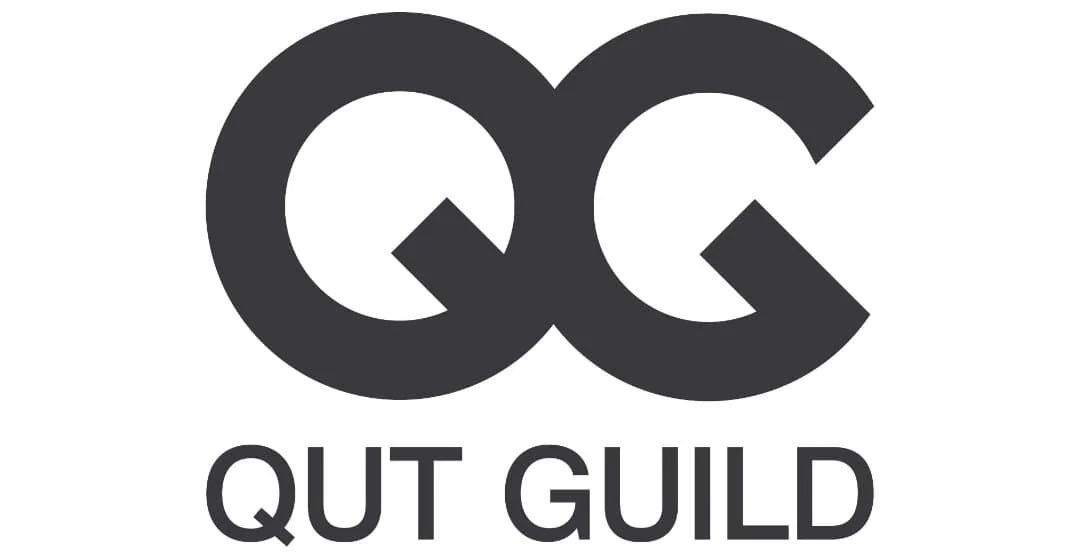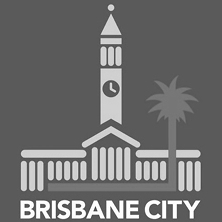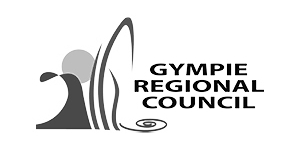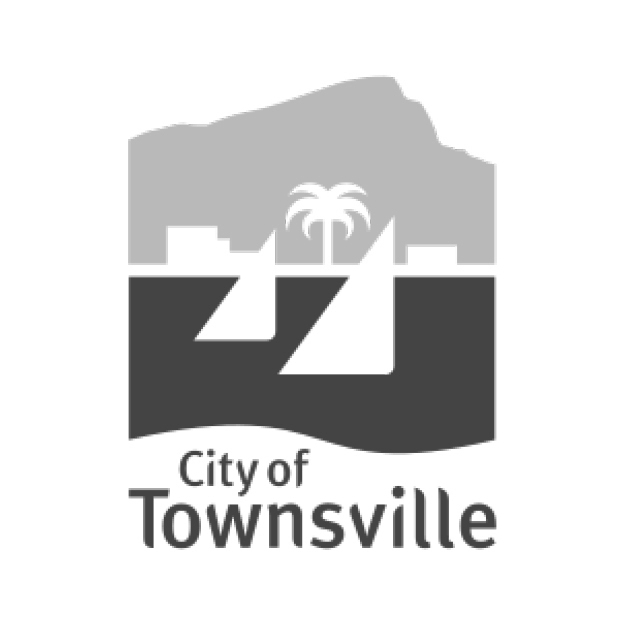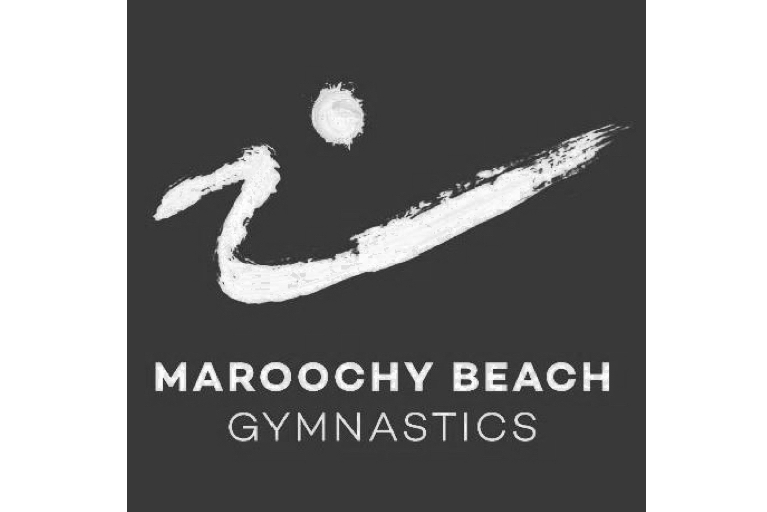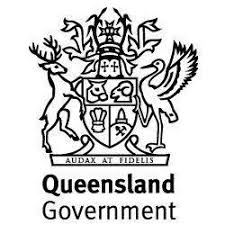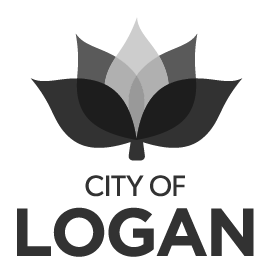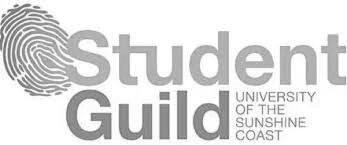Is It Time to Evolve Grassroots Sport in Australia?
MichaEl Connelly
For generations, the federated model of community sport in Australia has shaped how clubs operate. From national bodies to state associations, zones, regions and finally down to clubs, the structure made sense when the secretary’s weekly visit to the local PO box was essential to relay information step-by-step through each layer. However, in today’s world of instant communication, where emails, tweets and posts connect us within seconds, it is my opinion that this model no longer serves its purpose efficiently.
I believe it’s time to evolve the structure of grassroots sport, honouring tradition while embracing new approaches that meet today’s needs. By rethinking how we operate, we can address challenges more effectively and create exciting opportunities for a more sustainable and thriving future for community sport in Australia.
What are the limits of this legacy model?
The traditional structure of grassroots clubs has inadvertently led to massive duplication of effort across clubs and even between levels of the federated sporting landscape. This duplication equates to inefficiency and therefore, waste. For instance, every club requires its own office-bearers (president, vice-president, treasurer, secretary and other committee members), each performing similar tasks across multiple entities. Each club must also maintain financial records, submit annual returns, pay for auditing services, subscribe to multiple software packages and take out a multitude of insurances. Not only are there duplicated costs, but every club has its own core group of volunteers, each putting in the same amount of time-consuming effort.
Modern tools such as online membership platforms, competition management systems, online accounting packages and streamlined communication channels give us the ability to reduce much of this duplication. These systems allow clubs to focus more on growing participation and less on managing repetitive administrative tasks. Yet, despite the potential benefits, changing to a new grassroots sports delivery model can still feel daunting.
Volunteers, many of whom are short-term contributors balancing other life commitments, may worry that shifting to a new structure will add to their workload. Others might feel protective of their current roles or apprehensive about new approaches disrupting the status quo. However, I think that the real risk lies not in changing but in failing to adapt. Without proactive evolution, clubs face the possibility of closures, which threaten not just operations but also their rich histories, identities and traditions.
To secure the future, we need to rethink how clubs are structured and explore ways to consolidate and streamline operations, while preserving what makes each club unique. With thoughtful changes now, we have the opportunity to safeguard club histories and create sustainable models that support growth while reducing the burden felt by countless volunteers.
Why is change inevitable?
It’s no longer news to anyone that the world of volunteering has shifted dramatically. We see fewer people willing to take on committee roles or manage the workload previous generations embraced. I refer to this as clubs having limited ‘bench strength’ in their volunteer pool. Parents who volunteer often do so only while their children are involved and they are reluctant to commit beyond that window. In a landscape where volunteerism is in decline, waiting for things to get easier all on their own is unrealistic.
To secure the future of grassroots sport, we need to develop a more professionalised model, one that supports growth, innovation and efficiency. This doesn’t have to mean losing the community feel or the history of clubs but finding ways to consolidate and centralise operations so clubs can thrive.
For example, multiple sporting venues could be managed under one organisation, retaining the unique identity of each individual club while reducing the administrative burden. Systems could be developed to share services like financial management, governance and event coordination across venues, creating efficiencies and freeing up volunteers to focus on what matters most - growing participation and supporting athletes.
A new vision for community sport
The change I’m proposing is not a one-size-fits-all model, but a framework to spark new thinking. The way forward could involve steps such as:
Merging clubs under a shared management structure, allowing each club to retain its identity while reducing duplication
Pooling resources such as audit, accounting, facility maintenance and HR management through shared services models
Centralising governance structures with fewer committees so that volunteers can focus on growth and engagement rather than administration
Professionalising club operations, building sustainable business models to support paid staff for tasks that exceed volunteer capacity
The goal of developing a new framework would be to move away from reactive approaches, waiting until clubs face financial or operational crises, and towards proactive change. When clubs fold because they lose their volunteers or run out of cash reserves and have no reliable business structure to fall back on, their trophies and honour boards end up in landfill, leaving nothing but fading memories. If the leaders in clubs are prepared to act now, we can ensure those legacies are preserved within a sustainable framework.
A shift is already underway
The good news is that many of these changes are already happening. Across numerous sports, we’re seeing the rise of paid administrative and operational roles, helping to ease the burden on volunteers. There has also been a significant shift towards the professionalisation of officiating, with paid referees, umpires and officials now standard across many sports. In addition, ‘academy’ models are growing rapidly, where parents and athletes seeking high-performance experiences can access them by paying for specialised coaching, training programs or elite development pathways.
However, the evolution of grassroots sport needs to extend beyond just these examples. While payments for services are increasingly common, many occur informally, without the proper HR and industrial relations structures to protect both clubs and individual employees from future disputes or legal action. These informal arrangements, while understandable given the pressures on clubs, carry risks that need addressing. A modern, flexible model must bring these practices out of the shadows by formalising employment structures in ways that are manageable and sustainable. With the right systems in place, compliance doesn’t need to be overwhelming, but that compliance is essential to ensure fairness, transparency and long-term viability.
A key part of the flexible approach I’m suggesting is acknowledging that different clubs have different needs. A large metropolitan club with thousands of members managing multiple venues will need a different structure from a smaller, regional club. The solution needs sustainable practices tailored to the context of each sport and region.
Our job is to help clubs build better businesses with diversified revenue streams so they can both outsource professional services to support their growth and pay staff to take on roles that volunteers no longer want to do, or reasonably shouldn’t be expected to do. Of course, this evolution will relieve volunteers, but it will also enable clubs to operate more effectively, distributing responsibilities fairly and sustainably. With proactive change, clubs can preserve their history while embracing a sustainable future, one where volunteers are still valued, but no longer relied upon unfairly to hold everything together.
Starting the conversation
My intention at this stage is not to provide all the answers, but to initiate a discussion about the right questions. How can we better serve our communities through a sustainable grassroots sport delivery model? What do the ideal structures look like for clubs to thrive in a modern context? How can we support volunteers in achieving fulfilment from their roles while fostering innovation and growth?
After nearly 28 years working with grassroots sport, I believe that over the next decade, community sport will need to become increasingly professionalised. That doesn’t mean every athlete will play professionally, but more paid professionals working alongside volunteers should drive the operations behind the scenes. This shift will allow volunteers to leave a lasting legacy, not just in facilities or events but in creating sustainable opportunities for careers in sport.
The future of grassroots sport in Australia depends on our willingness to embrace change. With fewer volunteers stepping forward, clinging to outdated models is no longer viable. The future is ours to shape. I believe that we have an opportunity now to reinvent the community club model of sport and build a sustainable framework that preserves the spirit and traditions of community sport and allows it to continue for generations to come.
Michael Connelly has spent nearly 28 years working with grassroots sport, which means he’s sat through more committee meetings than he cares to admit. With a passion for building stronger, more sustainable community clubs, Michael knows the stakes: if things don’t change soon, volunteers could burn out faster than an out-of-gas BBQ on sausage sizzle day! He’s not claiming to have all the answers, but he’s determined to kickstart the conversation, because if clubs can shift from endless admin to real impact, everybody wins.




